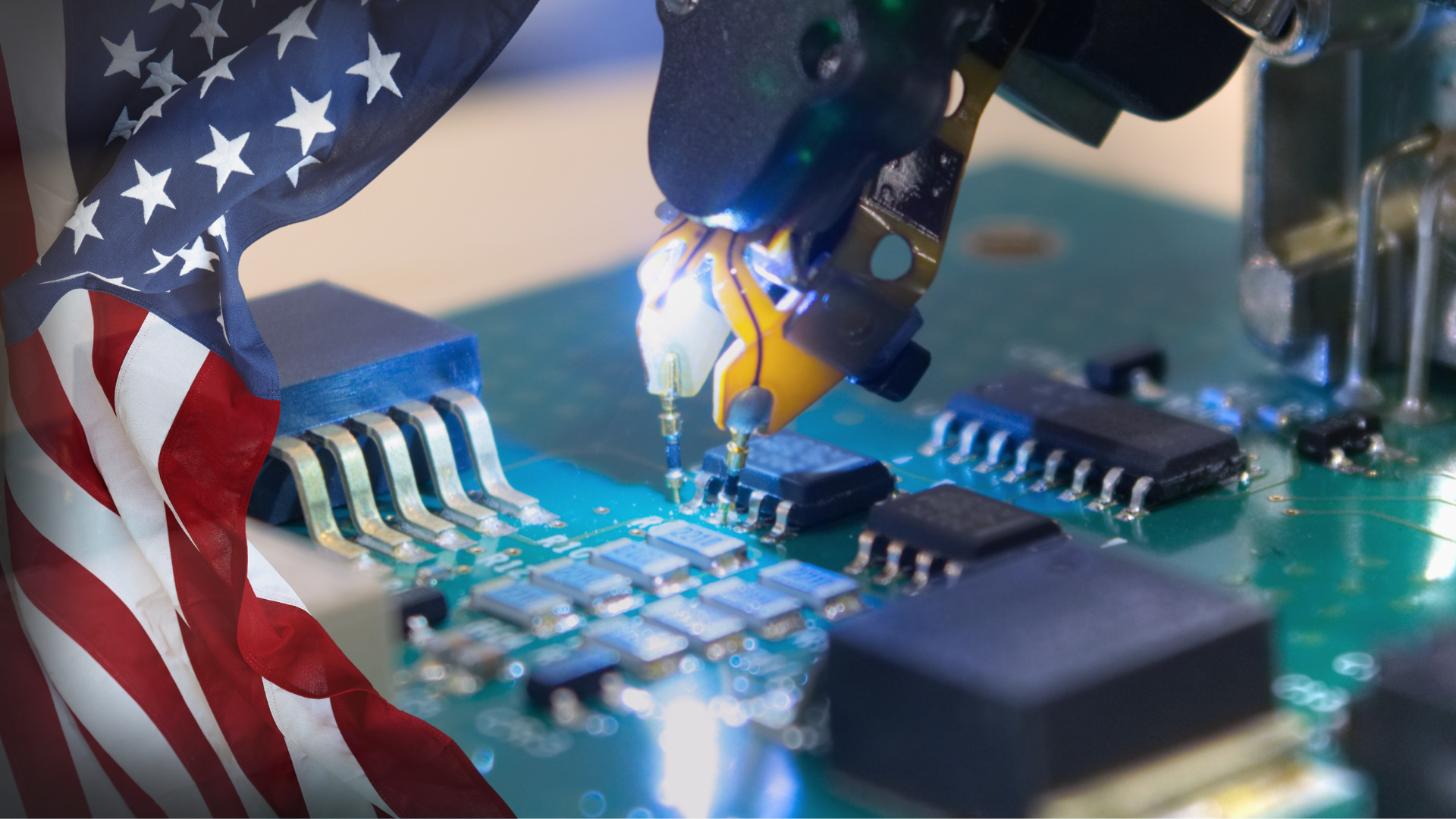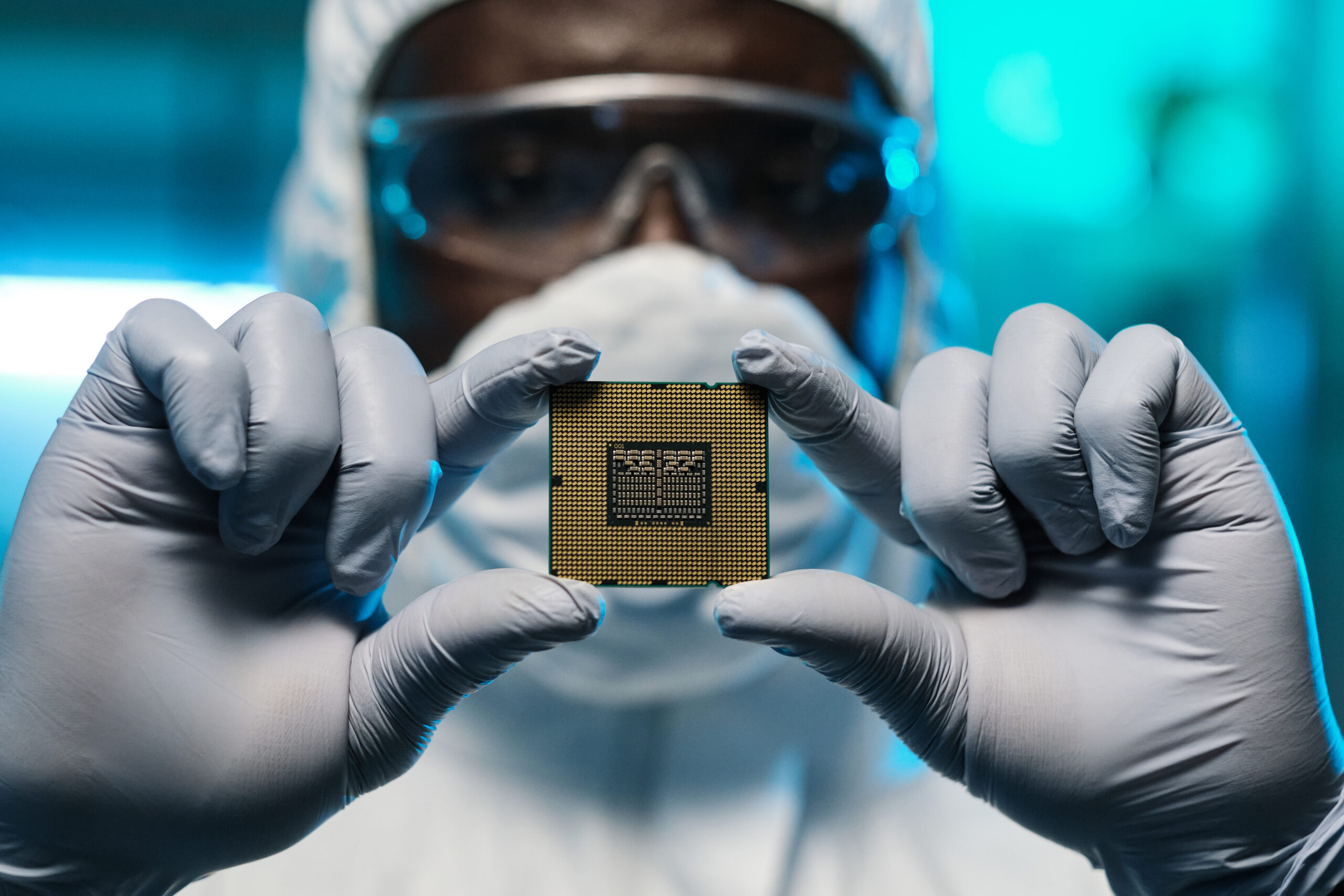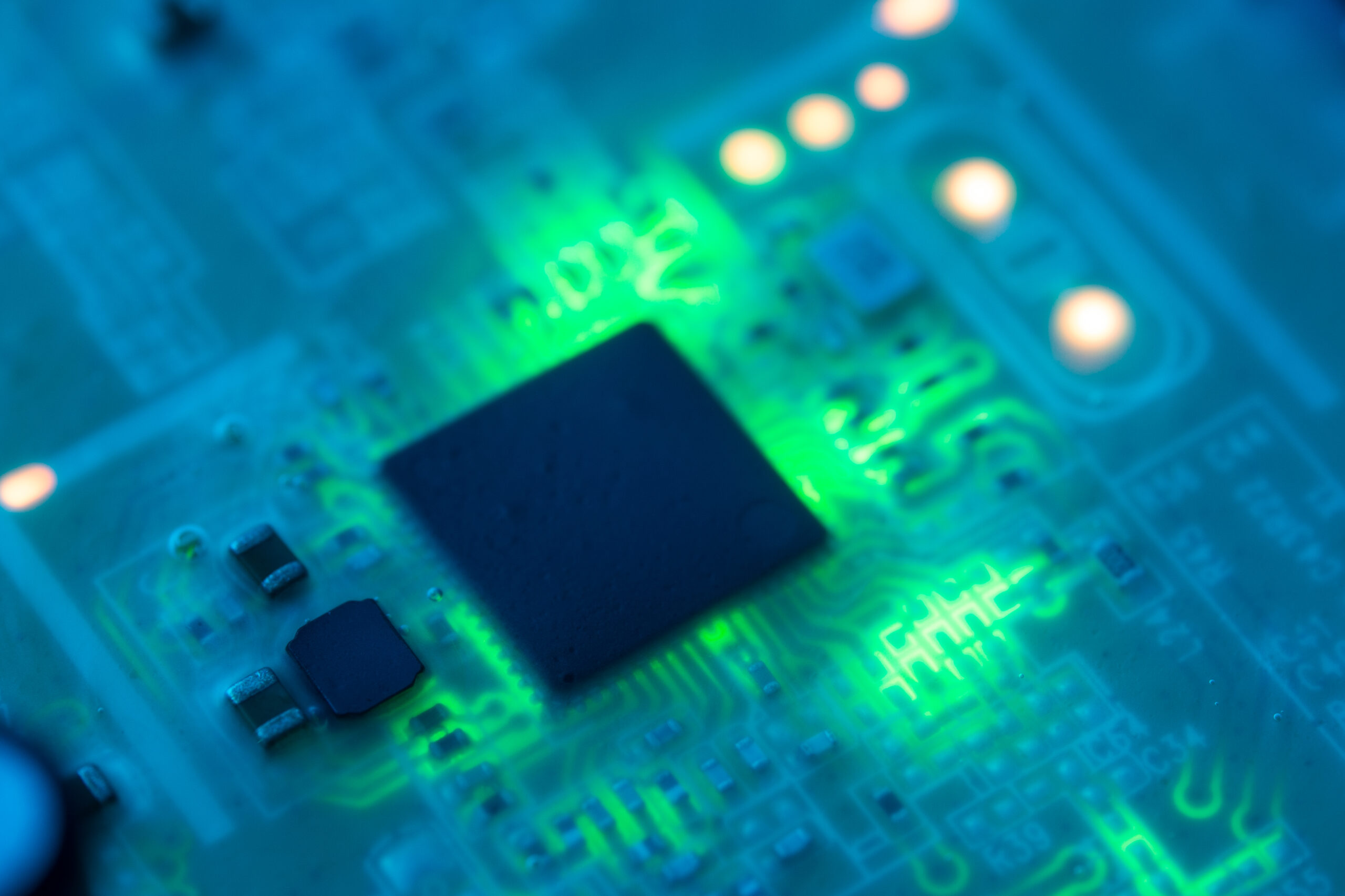Semiconductors have changed the world to what we know today. That phone you use at least 10 times a day, the appliances in your home, the computer you are using to read this blog—yep, semiconductors are responsible for all of this and more.
What Are Semiconductors Made Of?
Semiconductors possess electrical conductivity that falls between conductors like metals and insulators like glass. This unique characteristic makes them ideal for controlling electrical currents in various electronic devices. Manufacturers typically use silicon as the most common semiconductor material due to its availability and excellent electrical properties.
Why Silicon?
Silicon, a naturally abundant element in the Earth’s crust, holds special value in electronics due to its crystalline structure. This structure enables silicon to conduct electricity under specific conditions. Silicon atoms form a lattice where each atom shares electrons with its neighbors, creating a stable and organized arrangement that allows it to function effectively as a semiconductor.
The Electrical Characteristics of Silicon
In its pure form, silicon acts as a semiconductor—it doesn’t conduct electricity as efficiently as metals, but it isn’t a complete insulator either. Its electrical conductivity increases with temperature, making it useful in environments where precise control of electrical currents is necessary. However, pure silicon alone doesn’t suffice for circuit boards, which require specific and reliable electrical behavior.
Why Does Silicon Need Doping?
To improve silicon’s electrical properties, engineers use a process called doping. Doping introduces small amounts of impurities into the silicon crystal, which can either add extra electrons (n-type doping) or create “holes” for electrons to move through (p-type doping). This process significantly enhances silicon’s ability to conduct electricity.
In circuit boards, silicon must have highly controlled conductive properties to function effectively in components like transistors. Doping allows engineers to create regions within the silicon where they can precisely manage electrical currents, enabling the semiconductor to act as a switch or amplifier. Without doping, silicon wouldn’t meet the high demands of modern electronics.
Silicon’s journey from a common element to the cornerstone of modern electronics highlights its remarkable properties. While its natural characteristics make it an ideal semiconductor, doping is essential to unlock its full potential for use in circuit boards. Understanding doping and the role of silicon deepens our appreciation for the technology that powers our daily lives.






